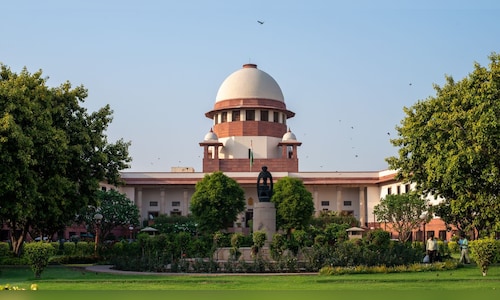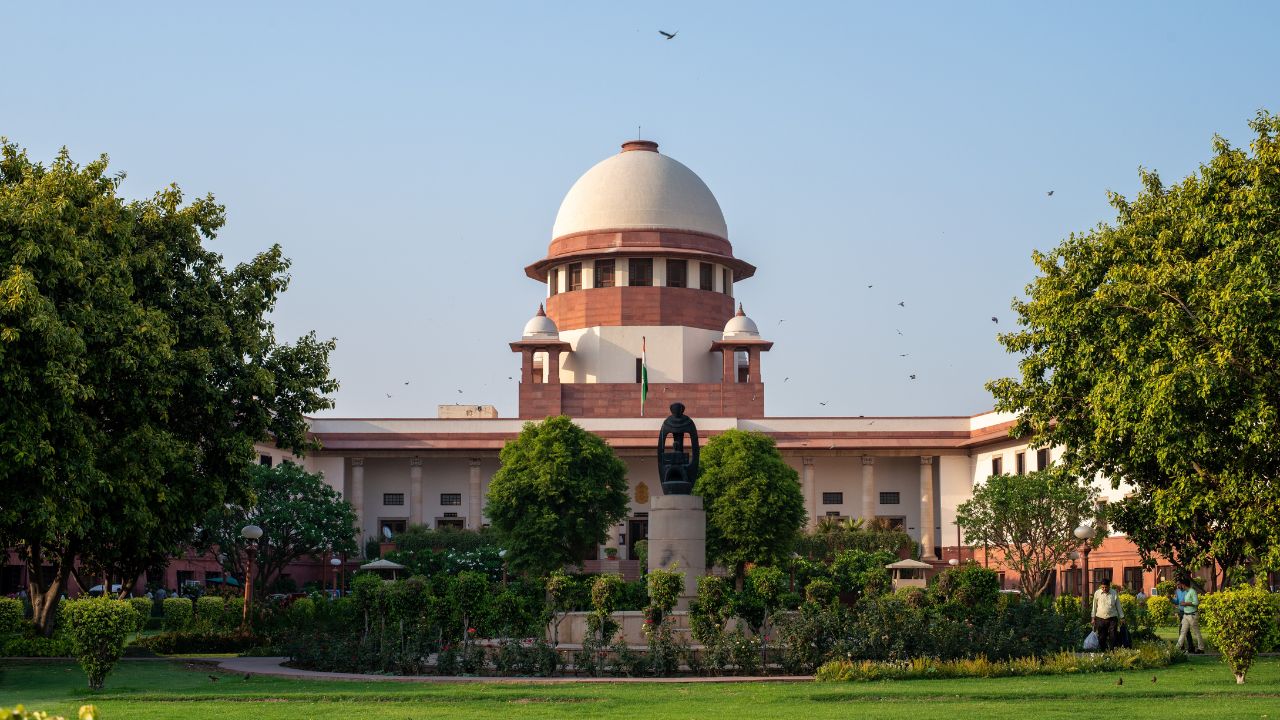

A bench comprising Justice Vikram Nath and Justice Sandeep Mehta intervened after the Chandigarh Administration appealed, arguing that such construction would alter the character of the High Court building, an integral part of the Capitol Complex, which was designated a UNESCO World Heritage Site in 2016.
The apex court not only stayed the High Court’s construction order but also put a hold on a contempt of court notice issued against the Chief Engineer of the Union Territory (UT) for non-compliance with the earlier directive.
“The direction for construction of the verandah and the contempt notice against the Chief Engineer shall remain stayed,” the Supreme Court ordered, while issuing notices to the High Court and other respondents in the matter.
Background of the Case
The controversy stems from a November 2023 order by the Punjab and Haryana High Court, which instructed the UT Administration to construct a verandah in front of Courtroom No. 1, mirroring the existing verandahs in front of Courtrooms No. 2 to 9. The High Court had mandated that construction begin within two weeks and be completed within four weeks, as part of a broader case addressing infrastructure improvements on the premises.
However, the Chandigarh Administration argued before the Supreme Court that such construction would compromise the visual integrity of the iconic building, designed by renowned French architect Le Corbusier.
Concerns Over Heritage Status
Representing the Chandigarh Administration, Solicitor General Tushar Mehta highlighted the potential impact on the site’s international heritage recognition. “The Capitol Complex has been granted UNESCO heritage status. Altering its structure by constructing a verandah is unnecessary and could compromise its unique architectural identity,” Mehta argued.
The administration also pointed out that the construction would bring significant visual changes to the facade of the High Court building, which is celebrated for its pioneering concrete construction and modernist design.
Significance of the High Court Building
Designed by Le Corbusier, the Punjab and Haryana High Court is a key element of the Chandigarh Capitol Complex, which also includes the Secretariat and the Assembly Hall. The building is lauded for its innovative design, featuring 40 spacious courtrooms, bar rooms, a judges’ library, and recreational facilities, all nestled near the picturesque Sukhna Lake and the foothills of the Himalayas.
Described as “one of the most beautiful High Courts in India,” the building represents a critical milestone in architectural history, blending functionality with modernist aesthetics.
The Supreme Court has sought responses from the High Court and other stakeholders, leaving the future of the construction directive uncertain. For now, the verandah construction is on hold, as debates continue over preserving the balance between functional upgrades and safeguarding an architectural masterpiece.
This case underscores the complexities of maintaining heritage structures in a modern administrative context, where functionality and preservation often find themselves at odds.



